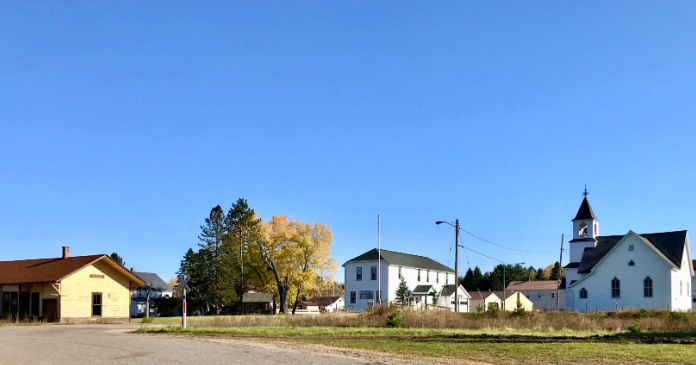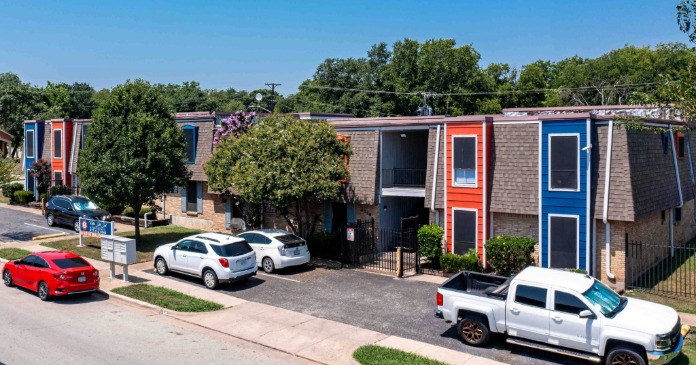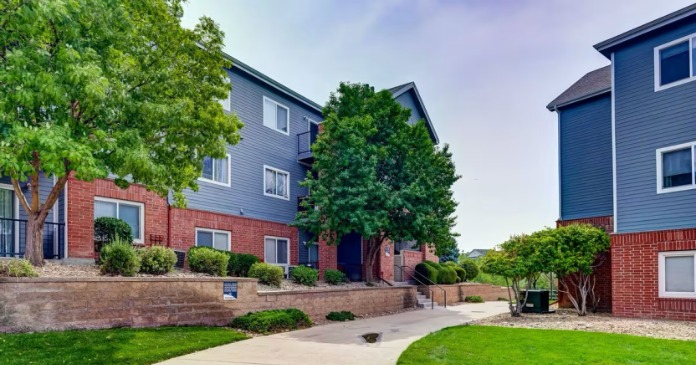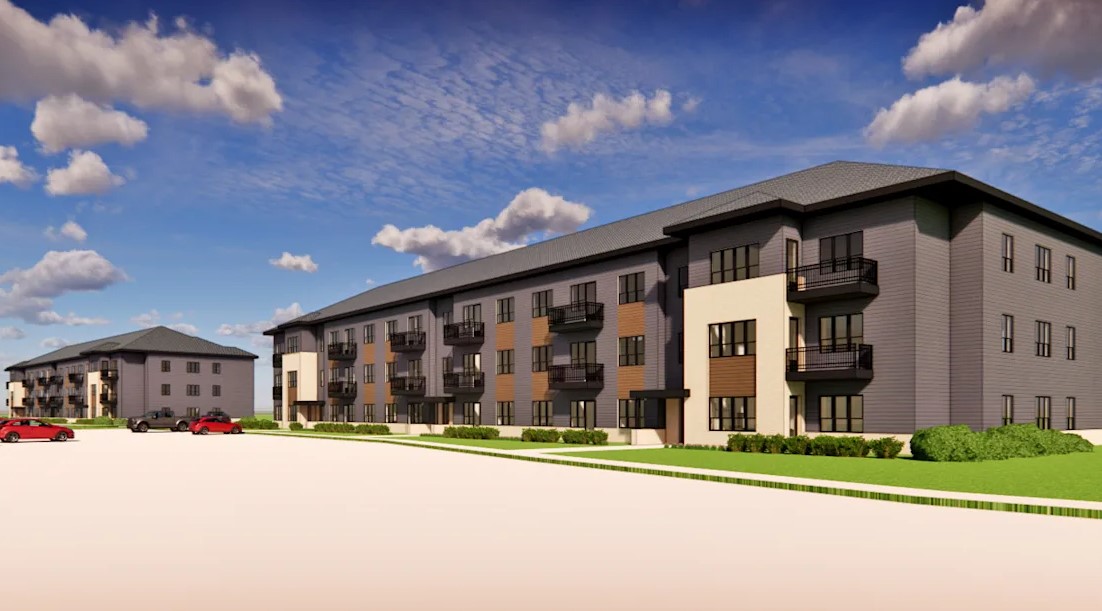The One Big Beautiful Bill Act’s (OBBBA) recent revisions to the Opportunity Zone program have the potential to transform multifamily housing development in America’s distressed communities. With the nation facing a shortage of 7.1 million affordable homes and an estimated overall housing deficit of at least 1.2 million units, the enhanced Opportunity Zone incentives may become a key vehicle by which the housing shortage is addressed.
Planning for the long term
The most significant change in the renewed Opportunity Zone (OZ) program is its transformation into a permanent program, eliminating the December 31, 2026 sunset date that had created uncertainty for developers and investors. Under the new framework, states will nominate zones every ten years beginning July 1, 2026 for zones going into effect January 1, 2027. The median income thresholds for tracts to qualify as OZ’s have been reduced and non-low-income contiguous tracts will no longer be eligible.
The new rolling five-year deferral system replaces the previous complex timeline, offering investors who deploy capital gains into Qualified Opportunity Funds (QOF’s) a uniform 10% basis step-up after five years for standard OZ’s. In addition, the new program allows the creation of Qualified Rural Opportunity Funds (QROF’s) for investments exclusively in low-income rural areas. These are areas that are outside cities or towns of 50,000 people or contiguous urbanized areas. Different rules apply to these areas.
The OBBBA also introduces comprehensive reporting requirements for QOF’s and businesses, mandating detailed annual reports on investment values, locations, industries supported, and employment and housing impacts. These transparency measures address previous criticisms about limited oversight while providing data to demonstrate the program’s effectiveness in spurring community development.
New focus on rural areas
Rural areas have historically received a disproportionately small share of Opportunity Zone investment. They face structural barriers including thinner developer pools and capital preferences for urban geographies. The OBBBA directly addresses these challenges through two key provisions that make rural multifamily development significantly more attractive.
First, “substantial improvement” investments for existing buildings in rural zones need only meet a 50 percent of adjusted basis threshold—compared to the 100 percent requirement for urban OZ’s. This should enable developers to rehabilitate existing structures in rural OZ’s more cost-effectively. This lower barrier is particularly important for multifamily rehabilitation projects since, while construction costs may be lower in rural OZ’s, financing options are likely to be more limited.
Second, the basis step-up for rural investments is 30 precent, triple the standard benefit. This creates a significant financial incentive that could direct substantial capital toward underserved rural communities where multifamily housing is often in short supply.
The timing may be right
The timing of these OZ enhancements may coincide with favorable market dynamics for multifamily development. After record-high multifamily construction levels in 2024, starts have fallen and are projected to decline further in 2025 before stabilizing. This supply reduction creates an opening for Opportunity Zone projects to enter markets with less competition and improved pricing power.
Simultaneously, demographic trends strongly favor rental housing demand. Renter households have increased at double the rate of owner-occupied homes, with fewer renters moving out of professionally managed apartments as homeownership becomes increasingly unattainable. The percentage of renters leaving professionally managed apartments has dropped from 51 percent to 41 percent over the past five years, indicating sustained demand for quality multifamily housing.
OZ’s have a strong track record
Evidence demonstrates that OZ’s have already been a significant force in housing development. Analysis by Economic Innovation Group found that the program has generated approximately 313,000 new residential addresses between 2019 and 2024, roughly doubling housing growth in designated communities. Opportunity Zone communities now produce new housing faster than non-Opportunity Zone areas, a reversal of their trends from before the OZ program was launched.
More than 75 percent of the $40 billion raised by qualified Opportunity Zone funds has been directed toward residential projects. Currently, 23 percent of all new housing under development is located in an Opportunity Zone, demonstrating the program’s substantial impact on the national housing supply.
The cost efficiency of Opportunity Zone housing development represents a significant advantage over traditional housing programs. The subsidy cost for new housing directly attributable to Opportunity Zones was approximately $26,000 per residential address—a fraction of the cost of conventional affordable housing programs. This efficiency allows the program to generate housing at scale without the budget impacts that limit other federal housing initiatives.
The program’s flexibility enables development of both affordable and market-rate housing, unlike more restrictive programs such as the Low-Income Housing Tax Credit. While there are no requirements that new apartments be rented to low-income residents, the program nonetheless incentivizes development in low-income areas where housing is most needed.
Strategic implications for multifamily developers
The restructured Opportunity Zone program presents multifamily developers with significant opportunities, particularly in markets that may have been previously overlooked. The enhanced rural incentives create the potential for profitable development in smaller communities where land costs are lower and development timelines may be more predictable, while the permanent program status enables long-term strategic planning.
Developers can now evaluate Opportunity Zone projects with confidence that the tax incentives will remain stable throughout the development and hold periods. The simplified five-year deferral structure and clear basis step-up provisions reduce complexity while maintaining substantial tax benefits that can improve project returns and make marginal deals feasible.
The convergence of enhanced Opportunity Zone incentives, favorable demographic trends, and reduced construction competition in the near term, positions multifamily housing as a primary beneficiary of the program’s renewal. As communities across America grapple with housing shortages and affordability challenges, the enhanced Opportunity Zone program provides a market-driven solution that channels private capital toward areas of greatest need while generating meaningful returns for investors. This alignment of public policy objectives with private market incentives suggests that multifamily development in Opportunity Zones will play an increasingly important role in addressing America’s housing needs.











